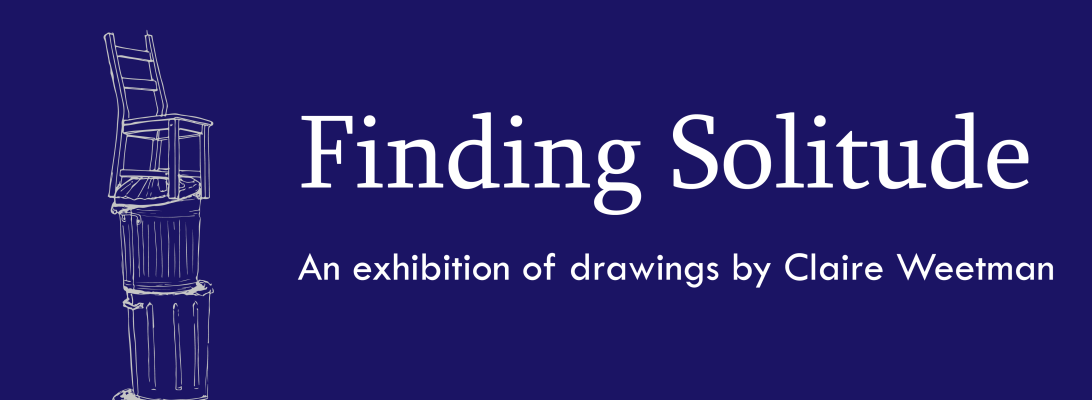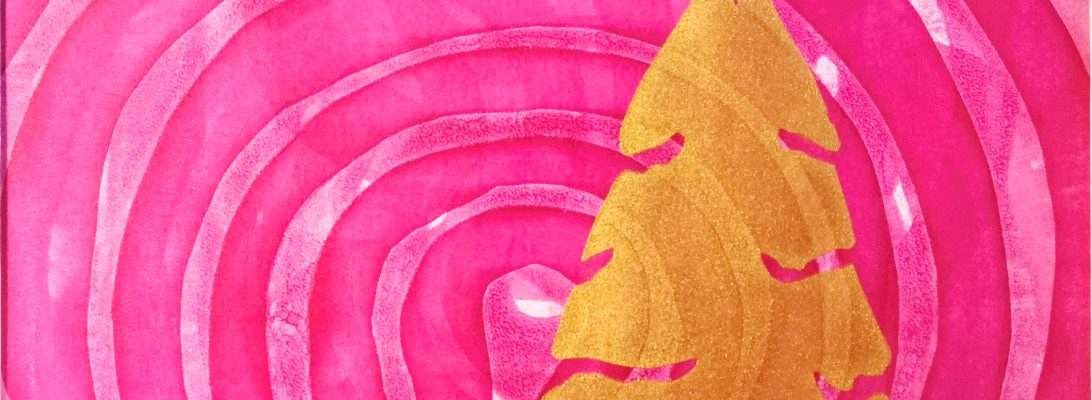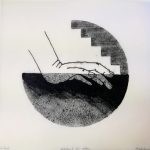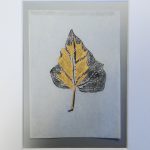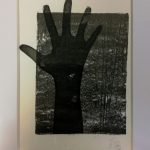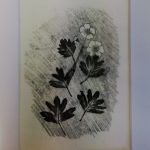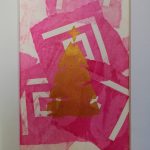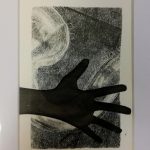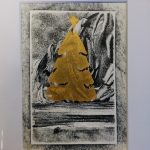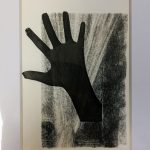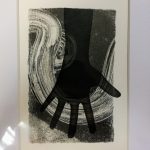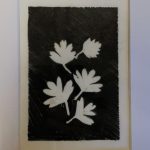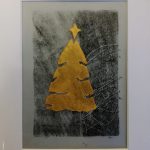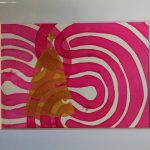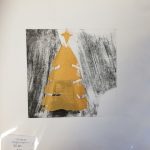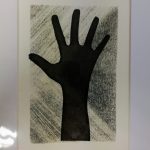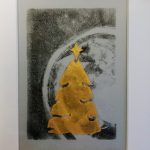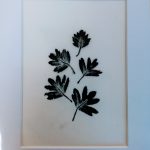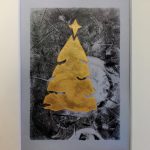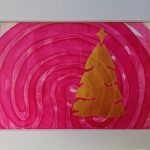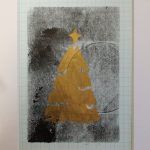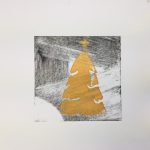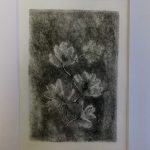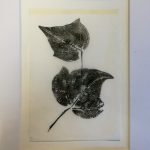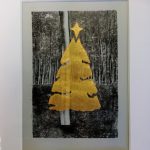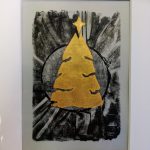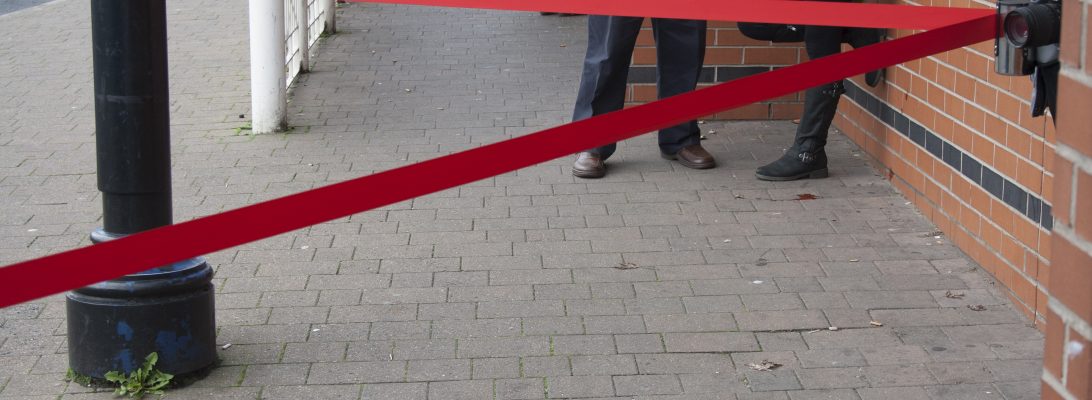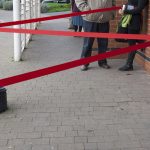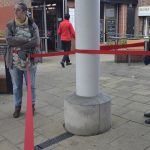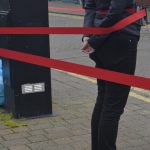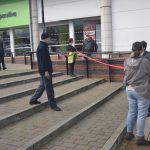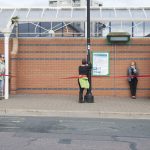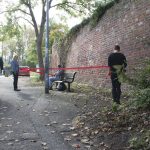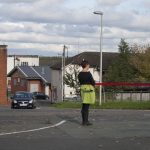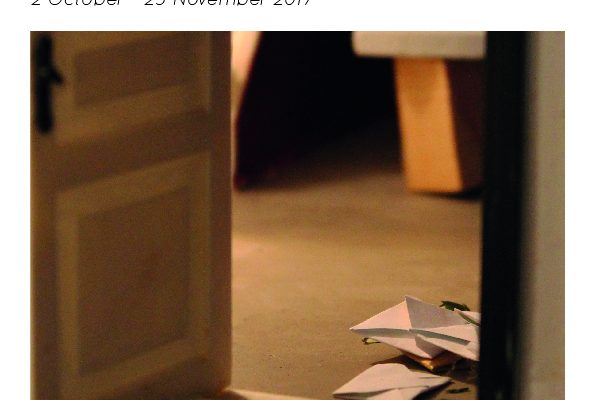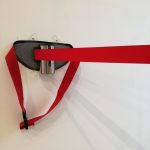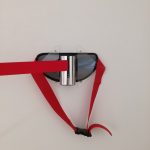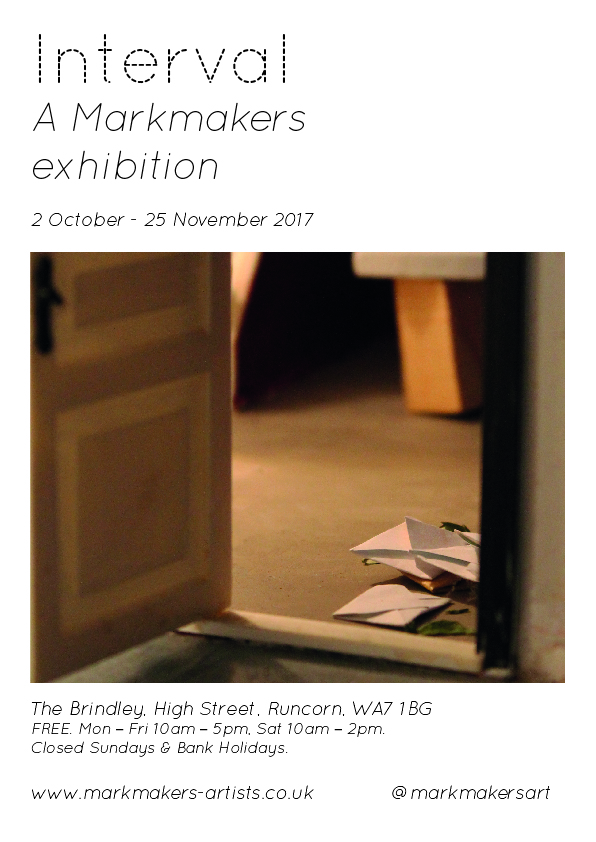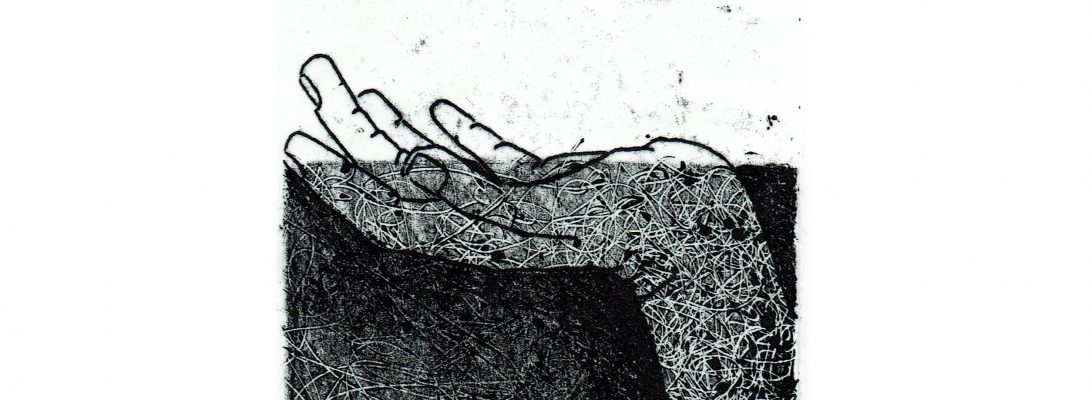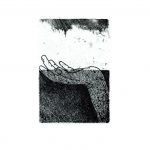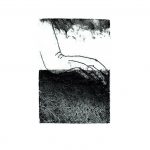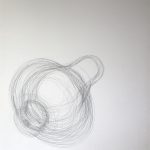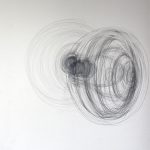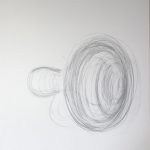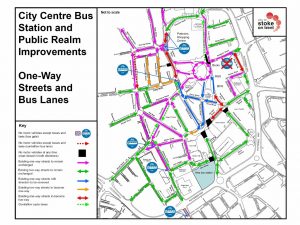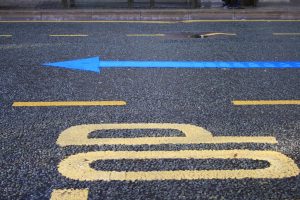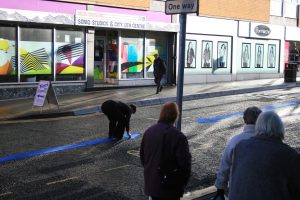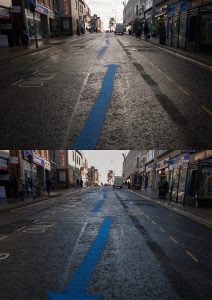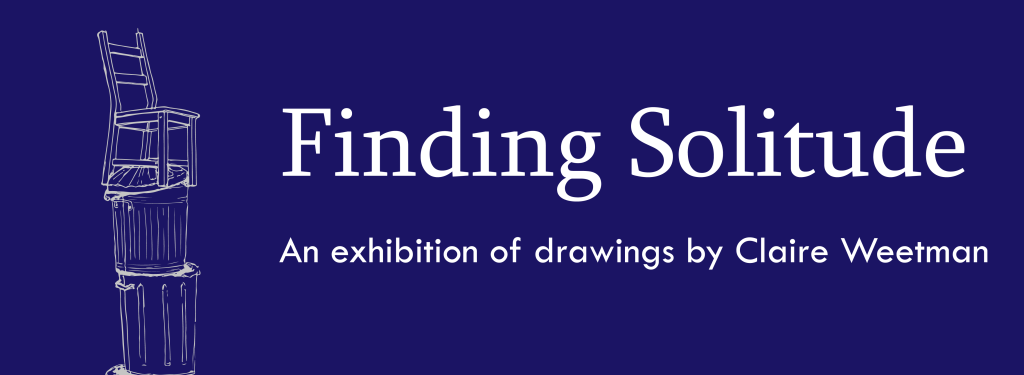
Venue:
The Coffee Stop Café, St Mary’s Market, St Helens, WA10 1AR
1st February – 30th March 2024
9am-5pm Monday – Saturday
You can also view the works in an online space if you are unable to make an in person visit to St Helens.
View the exhibition in an online space here
Claire Weetman presents a collection of drawings of chairs that invite you to sit down, but that time to rest alone is just out of reach.
This collection of pencil drawings, created by Claire in 2023 and 2024, began by thinking about how time alone either physically or mentally is difficult to achieve as a parent. Chairs are perched precariously on branches or balanced on top of a tottering tower of bins that need emptying. The chairs are inviting, you’d quite enjoy that seat for yourself, but ultimately, all of these chairs and their offer of rest are unusable.
Each chair is based on a real chair. Three of them were seen abandoned outside while walking to school with her children. Other drawings feature real chairs that have been moved to a more surreal setting to elaborate on the feeling of never being able to find time alone.
Claire started making this series of drawings during an artist residency in 2023 with Wild Rumpus and (M)other Collective, where she and a group of artist-mothers stayed in the woods for 4 days. While sitting on an old wooden dining chair in the middle of a field she read Roland Barthes’ Camera Lucida. In that book he compares familiar landscapes with the maternal body. “There is no other place of which one can say with such certainty that one has already been there.” Within these drawings, Claire has aimed to capture the familiarity of a chair and to set it in a location that we feel we might have visited. But within each drawing there is some barrier, either physical or emotional, that prevents us from sitting down in peace.
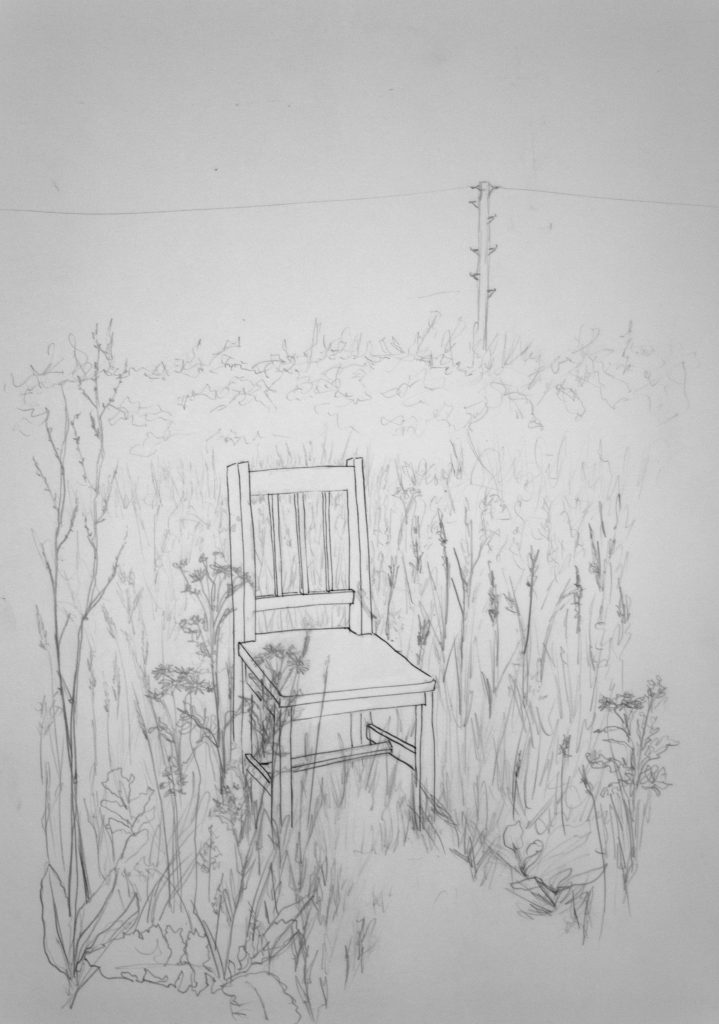
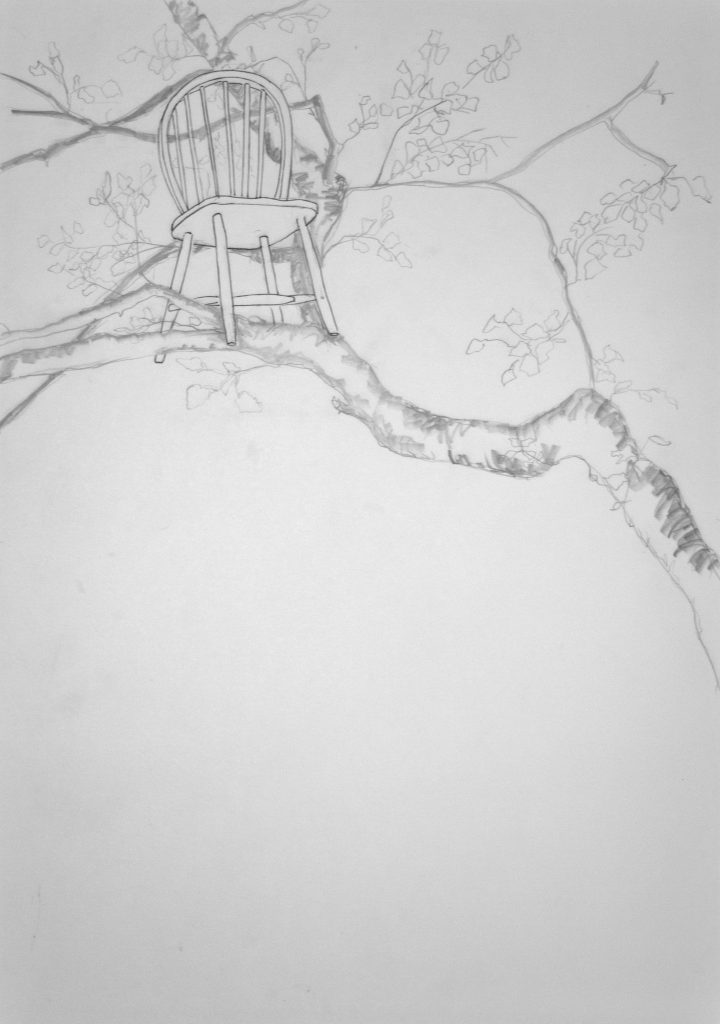
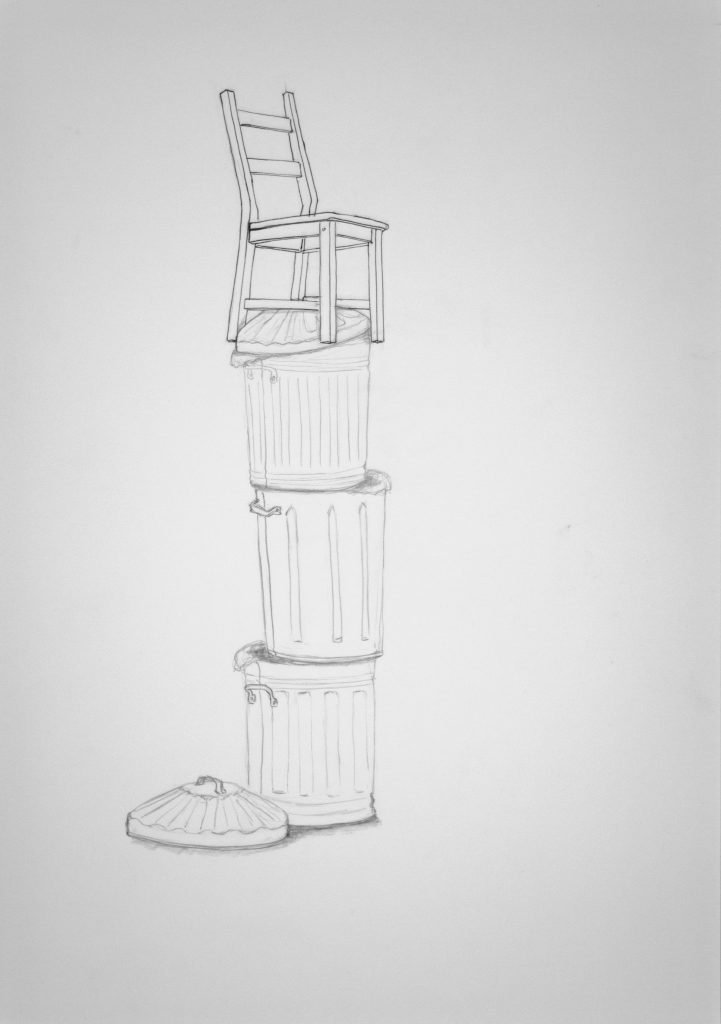
The original drawings are available to purchase at a cost of £150 each, and prints will be available at a cost of £15 each. Please use the contact form on Claire’s website if you wish to make a purchase.
